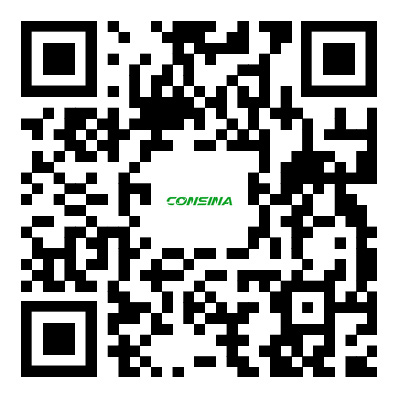Fluorescence microscope uses a high luminous efficiency point light source, which emits a certain wavelength of light (such as ultraviolet light 3650 in or ultraviolet blue light 4200 in) through a color filtering system as excitation light. It excites the fluorescent substances in the sample to emit various colors of fluorescence, and then observes them through magnification of the objective and eyepiece. In this way, even with weak fluorescence, it is easily recognizable and highly sensitive under strong contrasting backgrounds. It is mainly used for studying cell structure, function, and chemical composition. The basic structure of a fluorescence microscope is composed of a regular optical microscope and some accessories (such as a fluorescent light source, excitation filter, bichromatic beam separator, and blocking filter, etc.).
Fluorescent light source - usually using ultra-high pressure mercury lamps (50-200W), it can emit light of various wavelengths, but each fluorescent substance has an excitation light wavelength that produces strong fluorescence, so excitation filters (usually ultraviolet, purple, blue, and green excitation filters) need to be added to only allow a certain wavelength of excitation light to pass through and illuminate the specimen, while absorbing all other light. After being irradiated by excitation light, each substance emits visible fluorescence with a longer wavelength than the irradiation in a very short period of time. Fluorescence has specificity and is generally weaker than excitation light. To observe specific fluorescence, a blocking (or suppressing) filter needs to be added behind the objective lens. It has two functions: first, it absorbs and blocks excitation light from entering the eyepiece to avoid disturbing fluorescence and damaging the eyes; second, it selects and allows specific fluorescence to pass through, displaying a specific fluorescent color. The two types of filters must be selected and used together. There are two types of fluorescence microscopes based on their optical path:
1. Transmission fluorescence microscope:
The excitation light source is used to excite fluorescence by passing through the specimen material through a condenser. Commonly used dark field concentrators, or ordinary concentrators, can be used to adjust the reflector to convert excitation light and side light onto the specimen. This is a relatively old-fashioned fluorescence microscope. Its advantage is strong fluorescence at low magnification, while its disadvantage is that its fluorescence weakens with increasing magnification. Therefore, it is better for observing larger specimen materials.
2. Falling beam fluorescence microscope
This is a new type of fluorescence microscope that has developed in modern times. Unlike the previous one, the excitation light falls down from the objective lens onto the surface of the specimen, using the same objective lens as the illumination condenser and the objective lens for collecting fluorescence. A dual color beam separator needs to be added to the optical path, which forms a 45 degree angle with the light uranium. The excitation light is reflected into the objective lens and gathers on the sample. The fluorescence generated by the sample and the excitation light reflected from the surface of the objective lens and cover glass simultaneously enter the objective lens and return to the dual color beam separator, separating the excitation light and fluorescence. The residual excitation light is then absorbed by the blocking filter. If different combinations of excitation filters, dual color beam separators, and blocking filters are used, they can meet the needs of different fluorescent reaction products. The advantages of this fluorescent microscope are uniform field of view illumination, clear imaging, and stronger fluorescence with higher magnification.
(2) Usage of fluorescence microscope
1. Turn on the light source, the ultra-high pressure mercury lamp needs to be preheated for a few minutes to reach its bright spot.
2. The transmission fluorescence microscope requires the required excitation filter to be installed between the lamp source and the condenser, and the corresponding blocking filter to be installed behind the objective lens. The falling fluorescence microscope needs to insert the required excitation filter/dual color beam separator/blocking filter block into the slot of the optical path.
3. Observe with a low magnification lens and adjust the center of the light source according to the adjustment device of different models of fluorescence microscopes, so that it is located in the center of the entire illumination spot.
4. Place the specimen slide and focus it to observe. During use, it should be noted that the final filter should not be directly observed with the eyes to avoid eye damage; When observing specimens with an oil microscope, a special non fluorescent oil microscope must be used; After the high-pressure mercury lamp is turned off, it cannot be immediately turned on again. It needs to be restarted after 5 minutes, otherwise it will be unstable and affect the lifespan of the mercury lamp.
(3) Observing under a fluorescence microscope on the teaching platform using a blue purple light filter, it can be seen that cells stained with 0.01% pyridine orange fluorescent dye produce two different colors of fluorescence (dark green and orange red) in the nucleus and cytoplasm.

